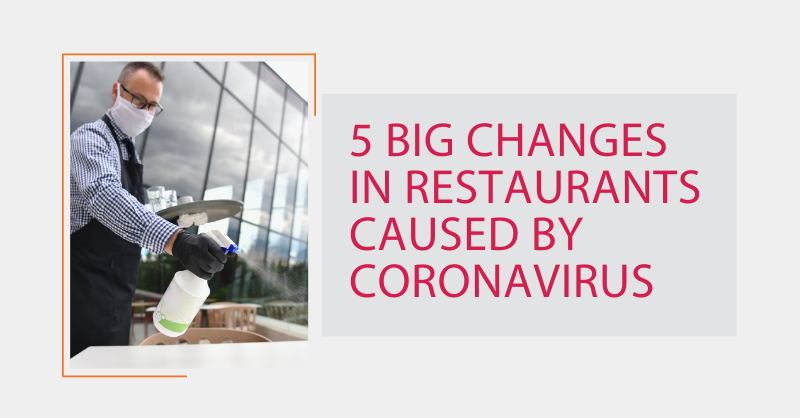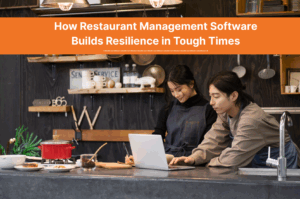The coronavirus pandemic has affected every restaurant in the United States, with some better equipped to adapt to the challenges than others. In general, even after most lockdowns have ended, restaurants are reporting a drop in on-site dining and increased interest in takeout options. Fine dining and full-service establishments have been hardest hit while fast food and quick serve restaurants have been better able to adjust and adapt operations to meet changing consumer demands and operational realities.
Here’s a look at 5 ways the coronavirus pandemic has affected the U.S. restaurant industry.
Five Changes to the Way Restaurants Operate as a Result of COVID-19
1. Curbside Pickup Picks Up.
Takeout orders have increased across the board for restaurants that have been able to adapt. Even restaurants that don’t have a drive-thru option have found creative ways to serve their customers takeaway food via curbside delivery, entryway handoffs, and partnerships with food delivery services.
2. Streamlined Menus Are Common.
In response to supplier limitations, staffing limitations and considerations about what is best suited to off prem dining, Americans are seeing smaller menus. Streamlined menus allow restaurants to reduce inventory costs, speed up their service, and focus their offerings on their most popular or high-value menus items.
3. Digital Sales Are Up.
As consumers look for ways to get their favorite foods without getting too close to anyone else, they’ve embraced digital ordering and contactless payment. Online orders are up and are overtaking in-person orders in many restaurants.
4. Family Meals Picking Up Steam.
Given how many more people are working from home (and coordinating school at home) it makes sense that family meal deals are more popular than ever. Some restaurants are even offering meal kits to-go for a mix of time savings and home cooked..
5. Technology Improvements.
Restaurants that were slow to embrace technology are changing their ways. The transition to digital ordering and touch-free payments has facilitated a fresh look at technology options, which are extending to the back office as well as front of house.
There is no telling how long the coronavirus pandemic will affect the economy and consumer dining patterns. The good news is that restaurants aren’t waiting around to find out. After an incredibly challenging spring, the industry has proven how creative and resilient it is by adapting their operations to continue to attract, serve, and connect with their customers amid factors that are out of their control. That consumer connection is one thing that will never change in the restaurant industry.






